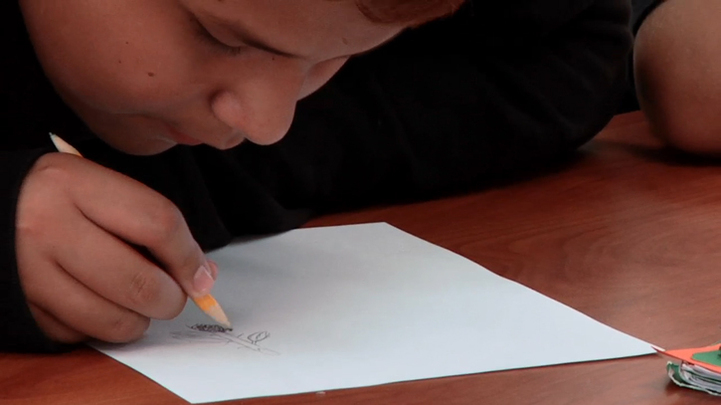|
As a researcher, the most fun I have is in doing classroom observations. Why? Because during observations we often interact with students while they are learning, which to me, is the best aspect of education. Sure, I love talking to teachers and I love listening to everyone, but, let’s face it, the students are why we are all here. Usually we go into classrooms at first hoping to stay hidden and just watch the lesson unfold in front of us. We want to observe like a fly on the wall; however, sometimes classrooms are full of group work and student discussions so we can freely wander and watch the students work. Students are curious about us, especially the young ones, and this leads to some fantastic conversations. The following is an example of an exchange with one curious student:
0 Comments
As a classroom tutor, teacher, observer and counselor I have heard students ask “Why do I have to learn this!?” and “What is the point of this!?” with much enthusiasm way too many times. As a student, how nice would it be to know why you are learning about decimals in 9th grade algebra or about erosion in 6th grade science? I am sure if I had figured out the “why” behind my algebra and science classes, I would have paid much more attention.
So why is it so important for kids to see the relevancy in what they are learning? Well, not only is there a plethora of research that supports it, we have seen what happens with our own eyes. Kids become more motivated and excited about their subjects when they can truly apply what they are learning to real life and participate in an activity, simulation, or lab that provides hands-on, real-life experience with the “why” of it all. As observers, we have seen education at its best. It is amazing to see classrooms full of energy and full of students motivated and excited to learn. Ideally, this would be happening in every classroom at every school. So, what does this look like? Here are two example classes. Do you remember that fingerpainting mural you did back in kindergarten? How about those recorder orchestras in 3rd grade or the little theatre production you put on in 5th grade where you played President Lincoln? Now, try to remember how they related to your greater academic career… Got it? Probably not, right? If you went to an average public school between 1980 and now, odds are those were isolated experiences, or at the most quarter or semester-long programs you were shunted into.
In recent years, there have been concerted efforts to take arts out of the public schools to make more room for “academic” subjects. Arts offerings have dwindled to almost nonexistence in many districts, particularly those plagued by low standardized test scores as such assessments become the main measurement of student success. However, as initiatives try, and often fail, to engage students in learning and support academic achievement, more attention is being placed on identifying innovative methods of increasing learning. There have always been staunch supporters of arts education, but there are not too many places where you can find a thorough commitment to arts integrated core subject education. A few progressive districts have begun experimenting with such programs, in partnership with various arts education organizations and positive results have been published (Catterall, J. S., Dumais, S.A., & Hampden-Thompson, G. (2012). The Arts and Achievement in At-Risk Youth: Findings from Four Longitudinal Studies, Research Report #55. (12) Washington, DC: National Endowment for the Arts.; Upitis, R. (2011). Arts Education for the Development of the Whole Child. (17) Prepared for the Elementary Teachers' Federation of Ontario, Canada.; Walker, E. M., McFadden, L. B., Tabone, C., & Finkelstein, M. (2011). Contribution of Drama-Based Strategies. (18) Youth Theatre Journal, 25(1), 3-15.). We just added the Year Three Report of our Navigation 101 program evaluation that was published for OSPI to our reports library. This report provides information on a College and Career Awareness Program, including best practices and recommendations that can inform implementation of similar programs. Executive Summary ExtractThe purpose of this Year Three report is to provide summative feedback to personnel at the Office of Superintendent of Public Instruction (OSPI) regarding evidence of implementation and impact of Navigation 101 in Washington State. The report is also designed to provide formative feedback to assist in ongoing program development. |
The BERC Blog
SubscribeSign up to get our posts in your inbox.
Recent Articles
Categories
All
Archives
December 2022
|
BAKER • EVALUATION • RESEARCH • CONSULTING
The BERC Group is an independent evaluation, research, and consulting firm focused on putting research into practice. Our mission is to skillfully gather, analyze, and use data to inform, inspire, and improve all learning organizations.




